The Fixers of Anything at Duke
Across campus, staff experts bring creativity and craftiness to repair shops
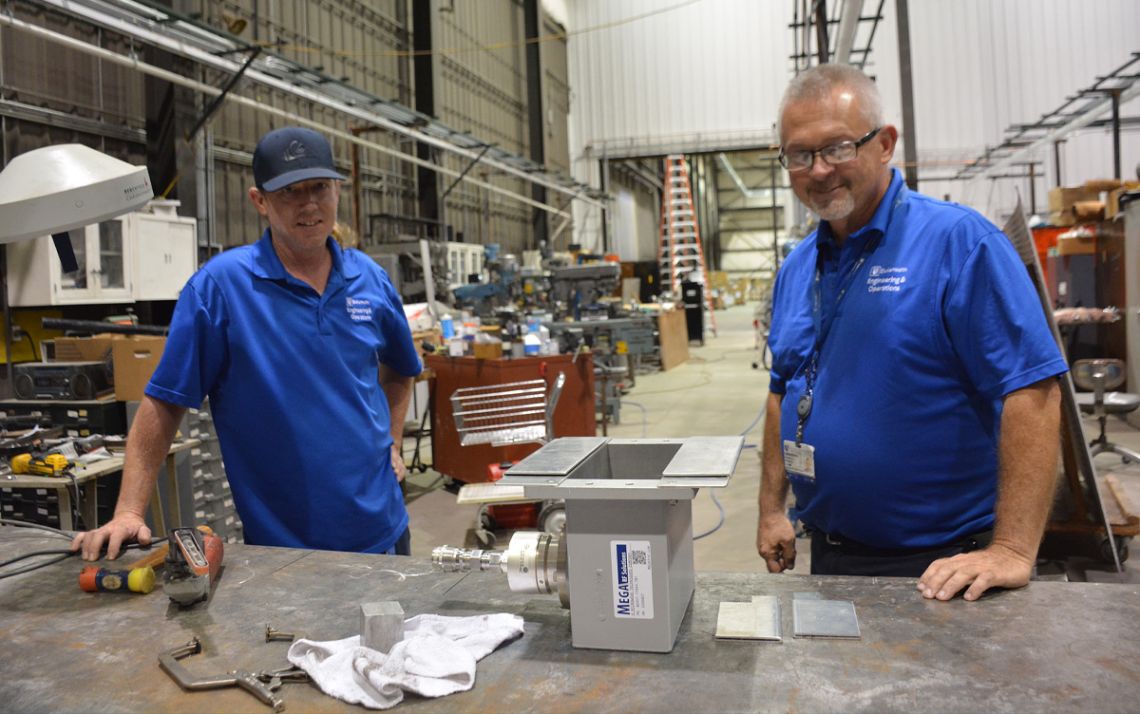
With powerful lathes, milling machines and welding tools so precise users need microscopes to see their work, the array of devices used in the Duke Health Custom Fabrication and Design shop is impressive.
But the shop’s most important tools are the minds of five staff members.
While the team often tackles simple fixes, such as sharpening delicate cutting tools or repairing broken equipment carts, it shows off ingenuity by creating custom machine parts and surgical tools that give Duke physicians innovative equipment uniquely suited for care they provide.
“It’s like having a cool puzzle put in front of you,” said shop foreman Don Pearce.
The shop is just one of several places at Duke where staff members use creativity, experience and specialized tools to fix just about anything.
Chasing the Perfect Sound
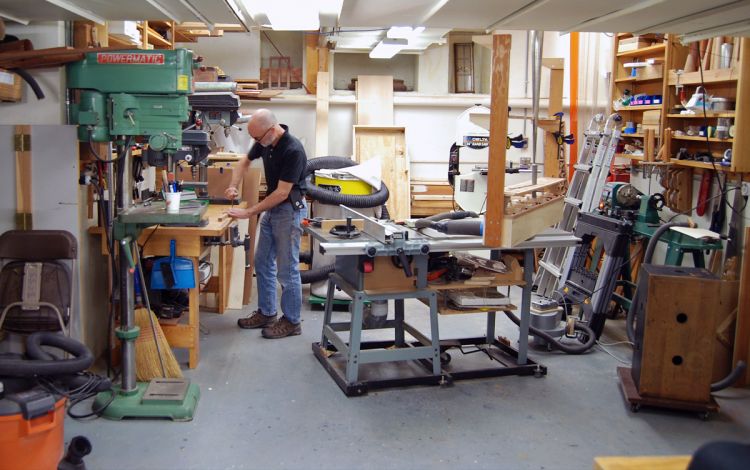 When John Santoianni listens to music played on Duke University Chapel’s four organs, the oldest of which was constructed in 1932, it’s hard to fully appreciate it.
When John Santoianni listens to music played on Duke University Chapel’s four organs, the oldest of which was constructed in 1932, it’s hard to fully appreciate it.
Responsible for the thousands of organ pipes sounding perfect, Santoianni’s ears pick out slight flaws most listeners miss.
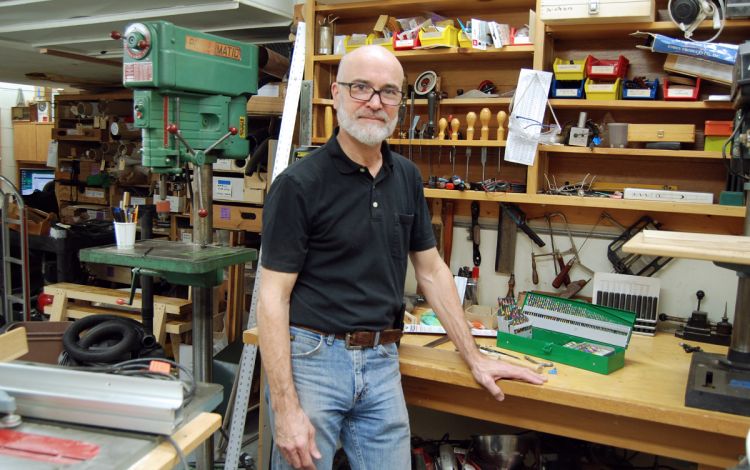 “I’m listening and thinking ‘That division is a little off, or that one reed pipe needs some work,’” Santoianni said. “I hear what could be better. But for me, that’s my job.”
“I’m listening and thinking ‘That division is a little off, or that one reed pipe needs some work,’” Santoianni said. “I hear what could be better. But for me, that’s my job.”
Since 2002, Santoianni, the Ethel Sieck Carrabina Curator of Organs and Harpsichords, has cared for the four organs in the Chapel and eight others scattered around campus. Much of that work involves keeping the organs in tune by making slight adjustments to the metal and wood pipes, which change with the seasons.
Santoianni also repairs and refreshes the organs’ inner workings in his workshop in the lower level of Duke Chapel, with its low-slung ceiling and walls filled with woodworking tools.
It’s a natural role for Santoianni, who grew up with a passion for music in a family of engineers. After college, he apprenticed for organ makers and began his own organ-building business before joining Duke’s staff 20 years ago.
Now he cares for Duke Chapel’s massive organs, ensuring that each pipe does its part in producing their beautiful tones.
“There’s always something to do,” Santoianni said.
Ready for Everything
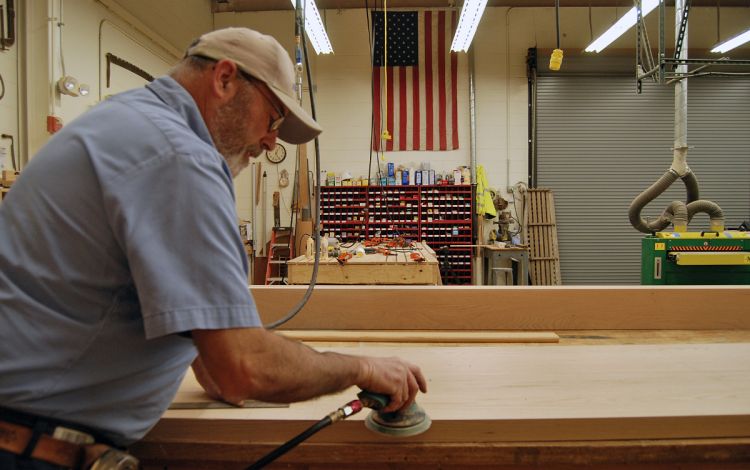 The Structural Trades Shop, part of Duke Facilities Management, works out of a brick building between the East Campus Steam Plant and Smith Warehouse. Shop manager Chris Brooks will tell you, the work that gets done can be seen across campus.
The Structural Trades Shop, part of Duke Facilities Management, works out of a brick building between the East Campus Steam Plant and Smith Warehouse. Shop manager Chris Brooks will tell you, the work that gets done can be seen across campus.
“We do a little bit of everything,” Brooks said.
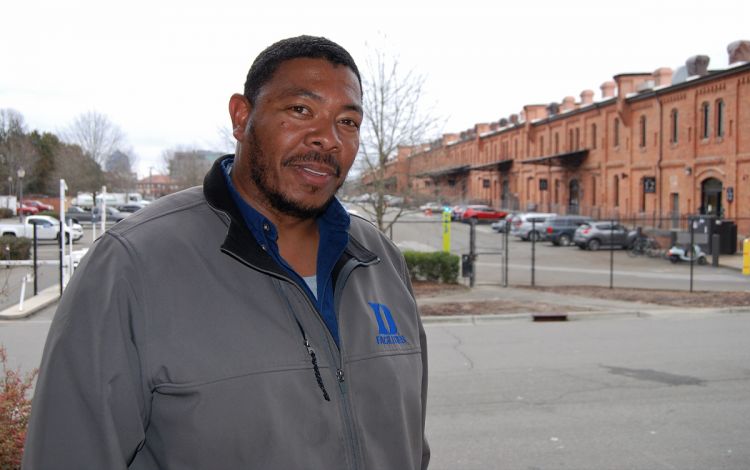 The Structural Trades team includes two carpenters, three painters, three plaster masons and a cabinet maker. Getting assignments mainly through work requests, the team builds custom shelving, tables and lecterns. It also patches walls and ceilings, paints interior spaces and repairs glass, tiles and stonework.
The Structural Trades team includes two carpenters, three painters, three plaster masons and a cabinet maker. Getting assignments mainly through work requests, the team builds custom shelving, tables and lecterns. It also patches walls and ceilings, paints interior spaces and repairs glass, tiles and stonework.
“If you need something fixed or made, we can do whatever you want,” said Master Carpenter Andy O’Shea.
The shop is a winding two-story facility filled with everything needed to get big jobs done. Upstairs, there’s a carpentry shop with mechanical sanders, saws and lathes. Downstairs, the paint shop features a large, enclosed paint booth with bright lights and a ventilation system that provides an ever-present hum.
While the Structural Trades team is filled with specialists, with many projects requiring different kinds of work, teamwork looms large.
An example of that can be seen in the restoration of the wooden doors on West Campus. With carpenters building some new ones and the painting staff refinishing many others, it’s a project that touched nearly every corner of the shop.
“We’re responsible for about 250 gothic oak doors. In the past three years, we’ve just about redone them all,” said Senior Painter Brian Williams. “That’s kept us busy.”
Specialized Tools for the Job
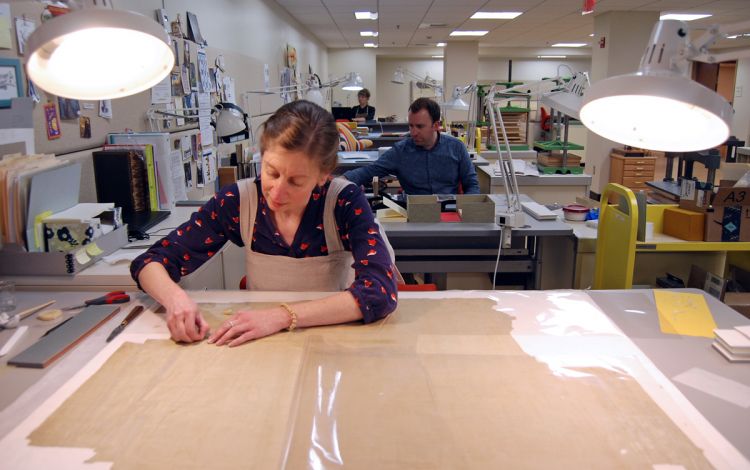 As Rachel Penniman, a conservation specialist at the Verne and Tanya Roberts Conservation Lab, explained, there are rarely jobs that come into her team’s Perkins Library workspace that would qualify as simple.
As Rachel Penniman, a conservation specialist at the Verne and Tanya Roberts Conservation Lab, explained, there are rarely jobs that come into her team’s Perkins Library workspace that would qualify as simple.
From figuring out how to build a box for a machine used to test lipstick, to settling on the best way to store campaign buttons, the lab’s team must tackle a variety of tricky challenges.
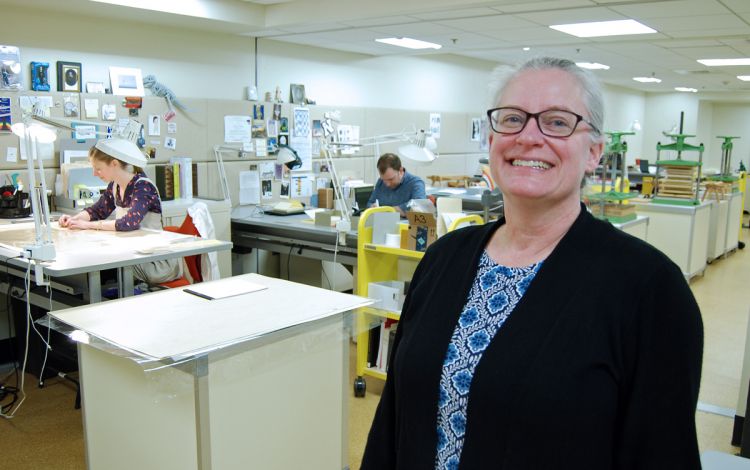 “I’d say everything that we work on has some element of ‘How am I going to solve this problem?’” Penniman said.
“I’d say everything that we work on has some element of ‘How am I going to solve this problem?’” Penniman said.
The conservation lab is where Duke Libraries sends its books and materials in need of repair. It’s also where new library items get custom made boxes that will allow them to be stored safely.
To do this, the lab’s five full-time staff members use patience, a steady hand and a wide array of tools.
The lab features state-of-the-art vacuum tables to work with delicate papers and heavy iron board shears and presses that were made in the first half of the 20th century.
Staff members use measuring tools such as micrometers and calipers, blades, brushes, adhesives and folders – or flat, hard tools that can create precision creases.
“We all have our stash of personal tools because we like to work with what we know,” said Beth Doyle, the Leona B. Carpenter Senior Conservator and head of Duke University Libraries Conservation Science Department.
Doyle then shows a small blade set in a handle that fits perfectly in her grasp.
“This is a tool I made myself,” Doyle said. “If I ever lose this, I’m just going to walk away.”
Brainstorming a Solution
 The simplest explanation for what happens at Duke Health’s Custom Fabrication and Design Shop, housed in a boxy warehouse on Golden Drive, is that it’s where metal and plastic equipment used by Duke staff and researchers gets repaired. It’s where dull scissors get sharpened, creaky carts are refreshed and hard-to-find replacement parts for hospital equipment occasionally get recreated from scratch.
The simplest explanation for what happens at Duke Health’s Custom Fabrication and Design Shop, housed in a boxy warehouse on Golden Drive, is that it’s where metal and plastic equipment used by Duke staff and researchers gets repaired. It’s where dull scissors get sharpened, creaky carts are refreshed and hard-to-find replacement parts for hospital equipment occasionally get recreated from scratch.
The creativity of the shops’ team shines through when it’s presented with problems that require custom-made solutions.
 In the past, team members created wall-mounted hooks and handles to help amputees maneuver their prostheses, and custom drain filters to keep microscopic fish eggs from reaching the sewage system.
In the past, team members created wall-mounted hooks and handles to help amputees maneuver their prostheses, and custom drain filters to keep microscopic fish eggs from reaching the sewage system.
During the pandemic, they made face shields and created mounts that allowed mechanical parts of ventilators to be housed outside of COVID patient rooms, decreasing caregivers’ risk of exposure.
“The freedom to be creative is everything about this job,” said Don Pearce, the shop’s foreman. “We get to collaborate with so many people who share their knowledge, so it’s like a rolling education.”
Working amid hulking machines and crowded shelves, the staff fills work orders submitted through the Engineering & Operations website. But they know there is not much distance between what happens in their workshop and the patients Duke serves.
That connection comes into focus with one of senior instrument maker Brandon Capps’ favorite projects. In 2020, Capps helped design a tiny clamp with a curved opening that could hold the tube of a small catheter. Created for heart surgeries performed on infants, the clamp did the work previously done by two tools.
“This allows them more room to work,” Capps said, holding the delicate piece of steel which can help save a young life.
Send story ideas, shout-outs and photographs through our story idea form or write working@duke.edu.